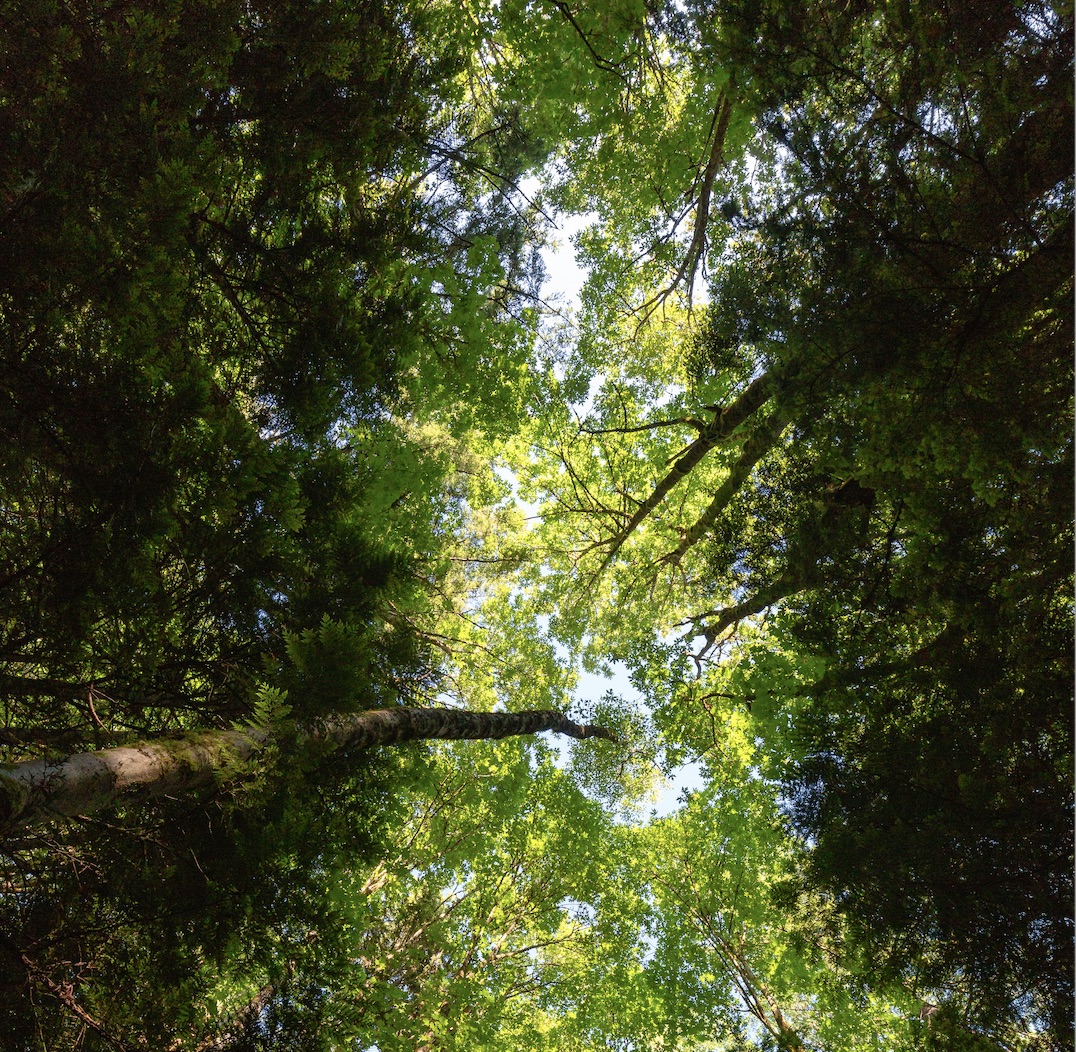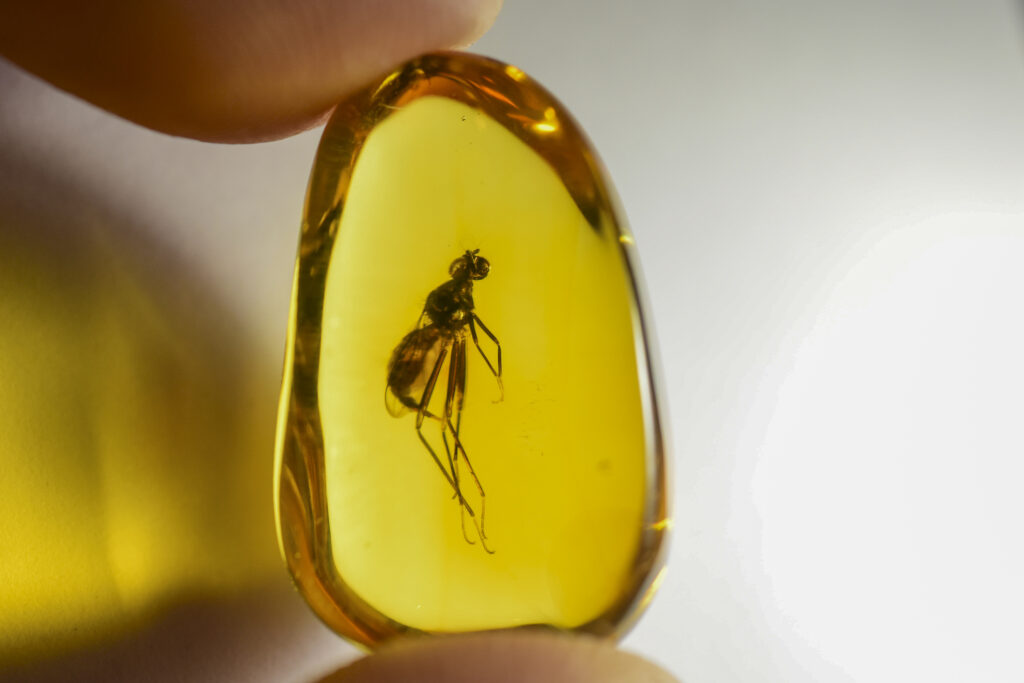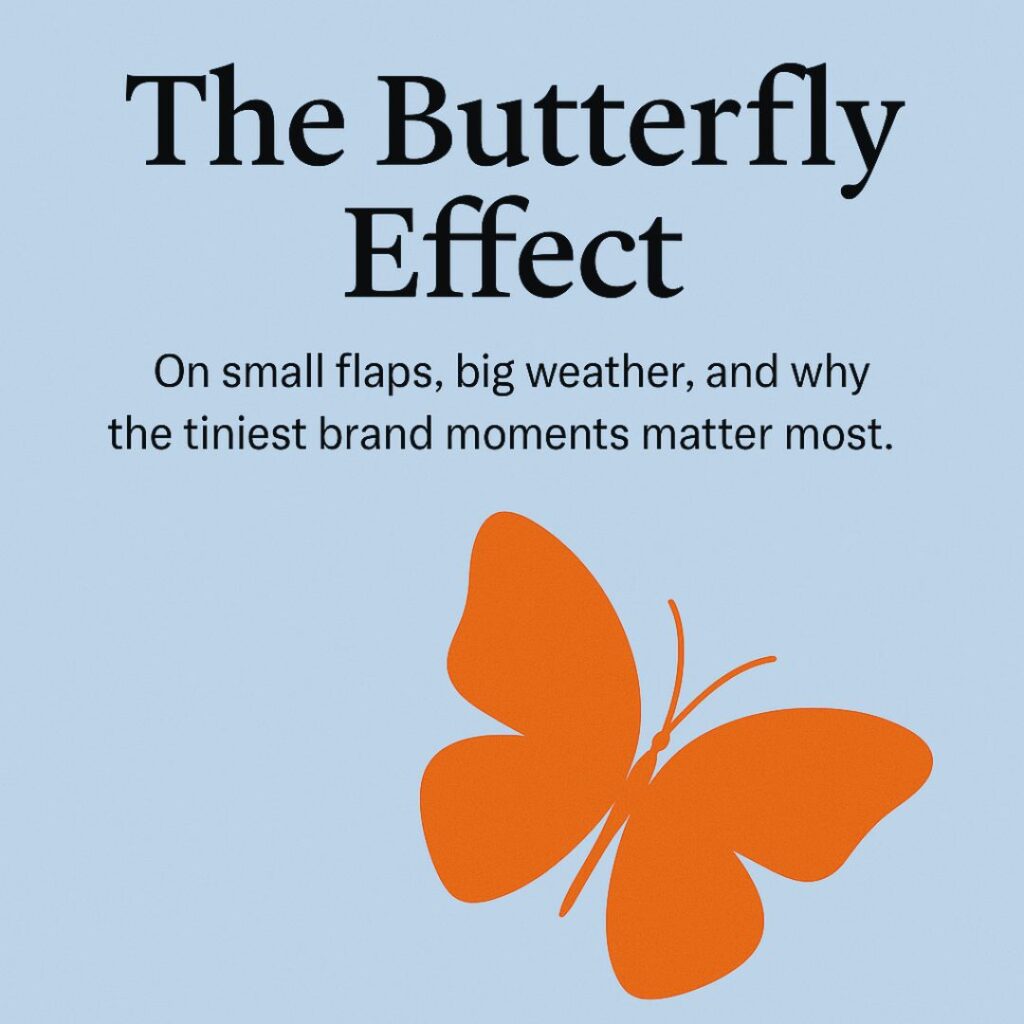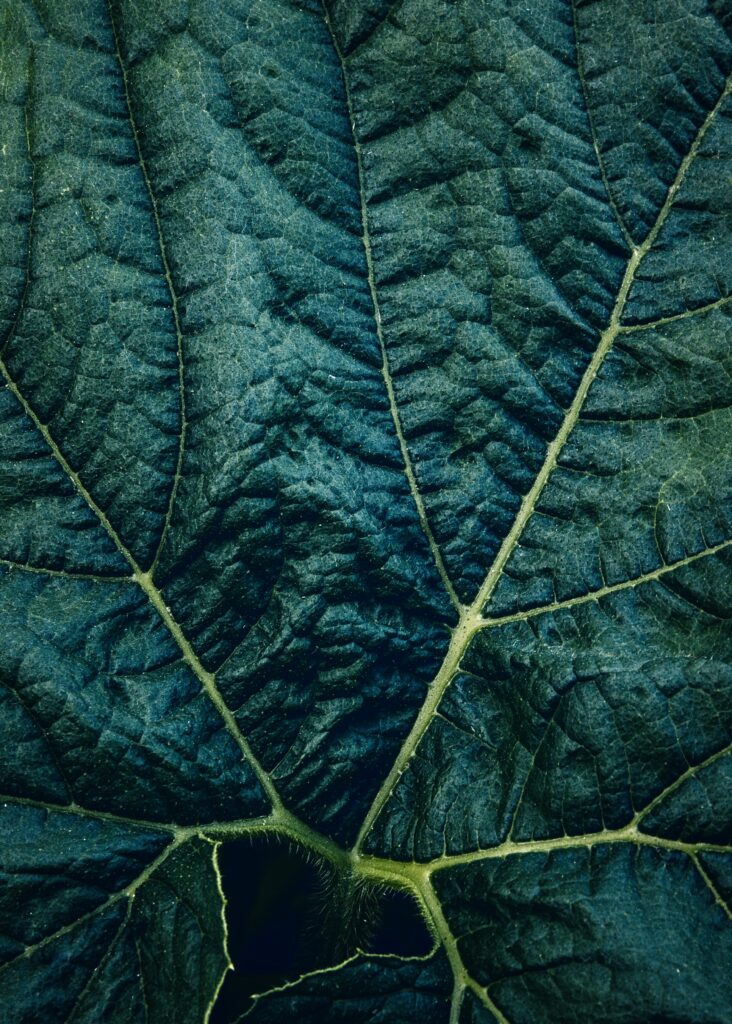The Language of Trees: What Botanical Systems Teach Us About Growth

In the dominant business imagination, growth is a conquest. It’s framed in the language of acceleration, scale, and competitive advantage. Brands are expected to move fast, break things, and stay “ahead of the curve.” But in the face of ecological collapse, economic precarity, and cultural burnout, this mode of thinking is beginning to show its limits. What if, instead of scaling like a startup, we started growing like a forest?
At Otherwise, we’re seeing a shift in how the most forward-thinking brands are reimagining their growth—away from extraction and domination, toward systems that are slower, symbiotic, and more sustainable. The natural world offers a provocative metaphor: forests are not built on disruption, but on interdependence. Their growth is not linear but cyclical. Their strength lies not in uniformity, but in diversity and deep-rooted relationships. And in an era that demands brand resilience, relevance, and responsibility, this model is worth paying attention to.
Brands are not machines. They’re ecosystems.
The dominant metaphors in branding still come from the industrial age: pipelines, engines, funnels, churn. These are machine metaphors—rooted in predictability, control, and efficiency. But ecosystems don’t behave like machines. They’re complex, adaptive, and alive.
Forests, for example, thrive through cooperation. Trees share nutrients and information via underground fungal networks. They adapt to shifting conditions. When one species weakens, another fills the gap. The system survives because it’s built to regenerate.
The best brands operate in similar ways. They don’t rely solely on quarterly KPIs or top-down campaigns. Instead, they build long-term trust, invest in community resilience, and allow their culture to compost and renew. Patagonia’s pause on growth to reassess environmental impact. Aesop’s slow, seasonal product cycles. These aren’t strategies to win the news cycle. They’re root-deep practices designed to ensure the brand—and its ecosystem—thrives for decades.
From monoculture to biodiversity
A monoculture might be efficient in the short term—but it’s fragile. We’re seeing the same brittleness in brands that scale too quickly, homogenize their messaging, or rely on extractive practices. Fast fashion, DTC saturation, AI-automated everything. These systems might look sleek from above, but they’re vulnerable at the root.
In contrast, resilient forests thrive on biodiversity. They host overlapping systems, unexpected alliances, and a rhythm of growth that includes dormancy, decay, and rebirth. Brands that understand these principles occupy more than a single category—they pollinate across movements, markets, and cultural causes. Their messages evolve. Their audiences shift. They grow by branching, not bulldozing.
This is what we mean when we say branding is no longer about dominance. It’s about contribution. What are you adding to the system? Who are you nourishing? How do you adapt, evolve, and make space for others?
There is no endless summer
Traditional business culture treats growth as a constant state. But in the forest, growth comes in seasons. There are periods of dormancy, shedding, rest. These are not failures—they’re essential parts of the cycle. Even wildfires, destructive as they are, create the conditions for renewal.
We see echoes of this in brands that embrace pauses as part of their strategy. A rebrand, a product sunset, a shift in leadership—these are signs of aliveness, not weakness. But it requires courage to stop producing, to pull back from growth, to compost what’s no longer working.
Brands that understand seasonality build in rest. They listen for the right time to bloom. They don’t fear the dark.
Rethinking growth: Not just more, but deeper
At Otherwise, we work with clients who are questioning what growth even means now. What good is more revenue if it erodes your culture? What good is market share if it drains the planet? What good is attention if it doesn’t convert to trust?
The brands that will endure are the ones re-rooting themselves in ecosystems. That means:
- Shifting from extraction to reciprocity. Not “what can we get?” but “what can we give back?”
- Prioritizing relationship over reach. Thinking in terms of community health, not just clicks.
- Designing for seasons. Building rhythm into your roadmap, not just acceleration.
- Embracing biodiversity. Making space for voices, collaborations, and experiments that don’t fit the mold.
- Measuring depth, not just scale. Asking not just how many saw it—but how it made them feel
Through the lens of botanical systems, we continue to question:
Can you imagine a future where the best brands know how to weather the winter? Survive disruption and dormancy? Understand how to root, regenerate—and begin again?








